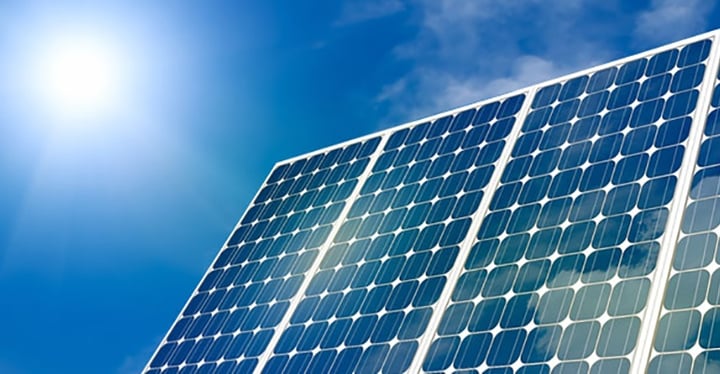3 Smart Ways to Reduce Energy Costs at Your Commercial Facility Today
It’s not surprising to learn that commercial facilities that invest in energy efficiency can often save tens, if not hundreds of thousands of dollars every year. But there is more to this story than what appears on the balance sheet.
Becoming more energy efficient affects long-term sustainability as well as the quality of the environment. By reducing demand on the current power grid today, we create capacity for increased demand in the future — an inevitable component of ongoing economic growth and expansion. Doing so can also reduce CO2 emissions (20 percent of which are tied to commercial buildings worldwide,) which helps encourage a more sustainable environment.
The following smart strategies can provide immediate and long-term cost savings, which can benefit every facility’s bottom line.

Obtain a professional energy audit
Having an energy audit performed is the logical first step when pursuing the reduction of energy costs and improving efficiency for your commercial facility.
An energy audit systematically reviews past energy usage and compares it to estimates of optimal performance for your unique building. The difference between these two figures provides your facility’s customized goal for improving energy efficiency and usage patterns.
The report generated following an energy audit also includes a list of proposed action steps prioritized to help owners reach recommended energy goals as quickly and effectively as possible. These steps can include quick and inexpensive tasks that make a noticeable, immediate impact (such as replacing standard showerheads with low-flow heads), as well as more complicated and expensive options (including major system equipment replacements or upgrades) that will produce a larger return on investment over a longer period. Learn more about energy efficiency for your commercial building.
The inspections and research that go into the audit will also help identify otherwise overlooked “low hanging fruit” facility managers can pursue, such as changes in employee and tenant behavior, adjustments to automated controls, and energy education.
It can also provide a valuable foundation for long-range financial strategies that can ensure more expensive capital expenditures are well-planned investments rather than unexpected expenses.
Teach employees and tenants to conserve energy
Most people are at least somewhat conscious of their energy usage at home where they’re personally responsible for paying the utility expenses. But they tend to be a lot less mindful of energy usage at work, leaving the company to foot the bill for wasted energy. This situation can be turned around though.
Often, the problem can be boiled down to “out of sight, out of mind” because energy costs isn’t a common topic of discussion at the office. Smart commercial building owners will make sure it becomes a regular subject of conversation, however, so employees and tenants can help pursue conservation goals. After all, just improving compliance to basic energy-saving efforts can reduce energy costs by tens of thousands of dollars annually.
Here are some examples of simple actions employees and tenants can take to reduce the building’s overall energy costs:
- Agree to reasonable limits on thermostat adjustment (if they have access at all)
- Turn computers off at the end of the day
- Turn off and unplug any personal electronics kept at the desk when not in use
- Raise blinds during the day (especially in the winter) to take advantage of natural heat and light
- Keep blinds or shades partially drawn during the summer to reduce the amount of natural heat that enters
- Take the stairs when possible (and it’s healthier too!)
- Notify building maintenance immediately of leaky faucets, running toilets, or any other needed repair
- Ensure that the last employee in the office turns off all lights when he/she leaves
For more specific recommendations for your unique facility, contact us.
Get professional help developing an energy-savings plan
The energy audit results in a prioritized list of action items for overall energy cost reduction, but many of those items may be too large and expensive to implement immediately. That doesn’t mean owners and facility managers should do nothing while they plan for large expenditures.
Starting with simple, quick and inexpensive items like some of those listed above can have a huge cumulative impact over time. For example, adjusting the thermostat by just one degree can be done right now, takes just a moment to accomplish, and can make a significant difference that takes immediate effect. In most cases, real change in energy usage and cost comes from establishing new, smarter habits and implementing small changes.
As you begin to make changes and see real reductions in energy costs, you can consider reinvesting a portion of these savings in planned maintenance and strategic replacement of key building system components. This practice not only keeps large systems like commercial HVAC running in top form, but it also brings in more energy efficient options to reduce emissions and shrink the environmental impact of your facility.
Contact us to schedule an energy audit or to learn about our shared savings approach to customized cost savings measures for your unique building in Colorado, Arizona, and Virginia today.

